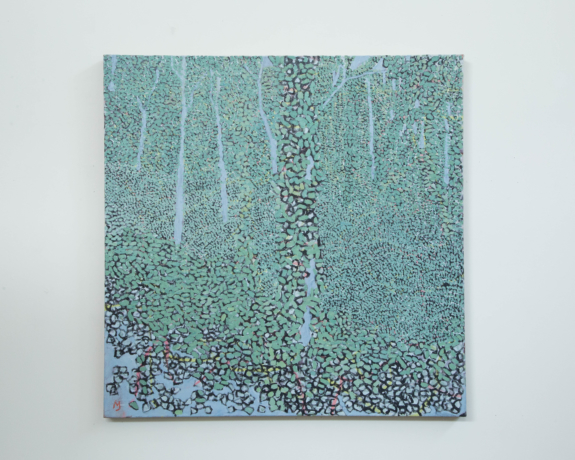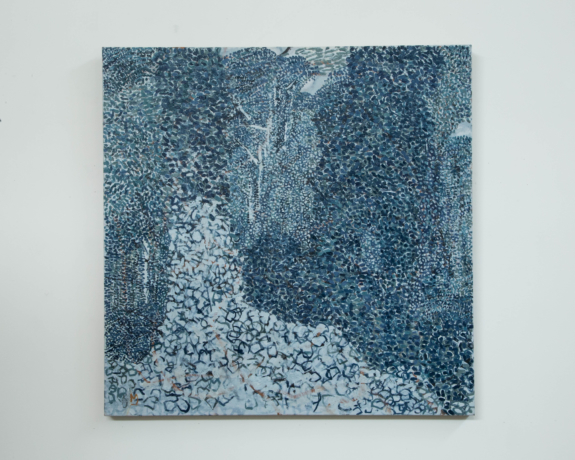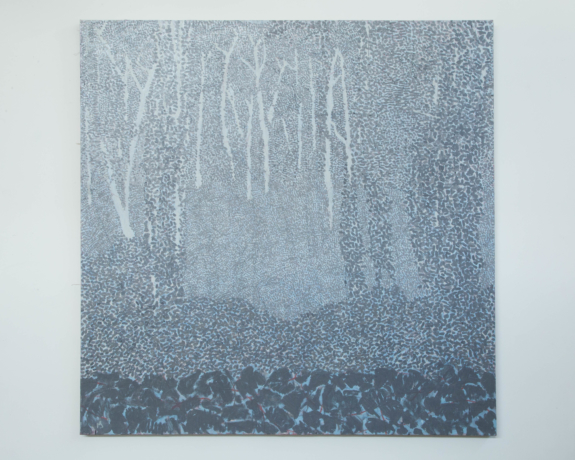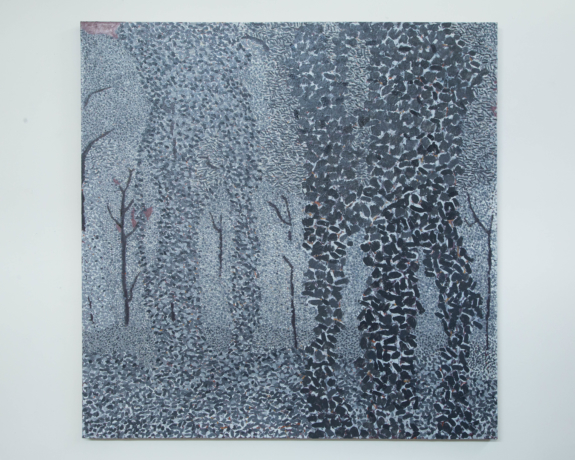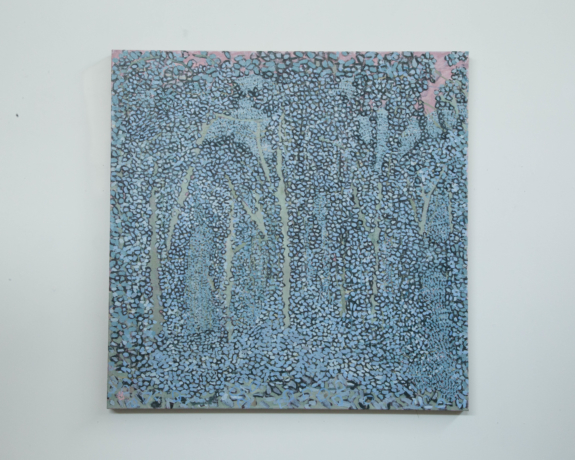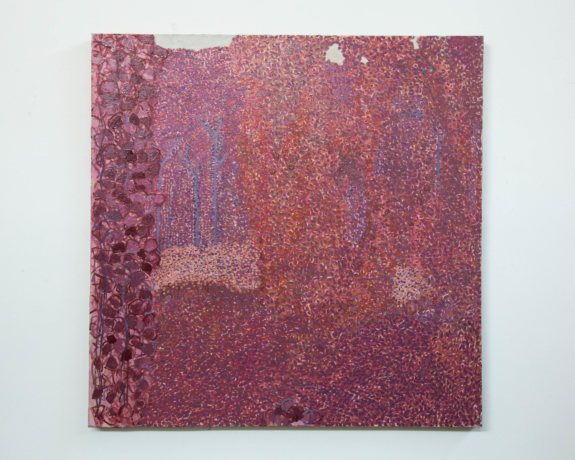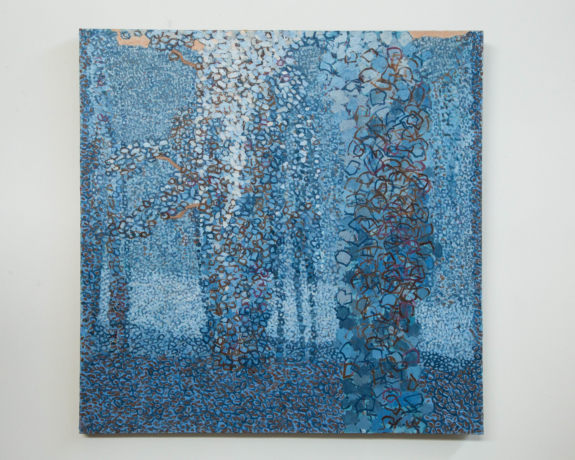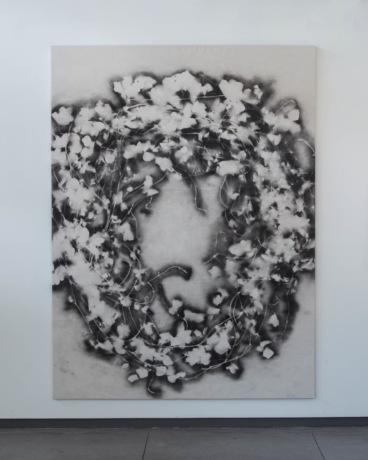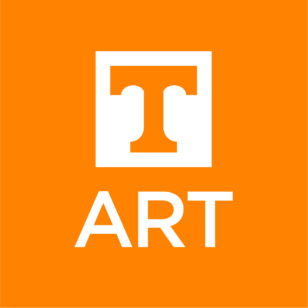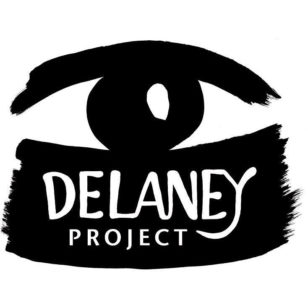JEFFREY MORTON
CV
Chattanooga, TN | Painting, Drawing
Bio:
Jeffrey Morton is an accomplished painter specializing in various interpretations of the landscape. During a two-year residence in Japan, earlier in his career, Morton was drawn to Japanese art and culture. His work of the last twenty-five years has a strong connection to the bold color fields found in 17th Century Japanese folding screens, and the fluid brushwork of the 19th Century ink painter Uragami Gyokudo. Morton has exhibited his work regionally and nationally, including the University of Tennessee Downtown Gallery; the Harrison Center for the Arts, Indianapolis; and, the Delaware Center for Contemporary Arts, Wilmington. Educated at Yale University and Temple University, Tyler School of Art in Philadelphia, Morton has served as professor of art at Covenant College since 2000. In Chattanooga he curated the show “Accessing the Artist’s Brain: Drawing as Metaphor” at the Association of Visual Arts. Most recently he exhibited works at Hunter Museum of Art, Hunter Invitational III, also in Chattanooga. Jeffrey Morton is a recipient of a 2016 Individual Artist Fellowship from the Tennessee State Arts Commission. He and his wife Betsy and their four children are residents of Signal Mountain, Tennessee.
Statement:
INVASIVE!
Encroach. Overstep. Invasive.
While all three of these words suggest an infringement on a social or physical boundary, invasive questions the nature of belonging. As a word and a concept, invasive is just plain harsh. In the botanical kingdom of plants, a foreign weed is like a disease; and it whether as a plant species or pest, like the European starling, it is ultimately undesirable. Many think of kudzu this way.
In a good year, or perhaps a bad one, the kudzu plant can grow about a foot per day and up to sixty feet per year. Additionally, for every foot above ground, there are three more feet below. Transplanted from Japan in 1876 as a decorative element for a tea garden built in Philadelphia’s Fairmount Park, kudzu thrives in the Southeastern United States. During the summer months, vines grow everywhere choking out trees, power poles, automobiles, and even buildings. Franklin Roosevelt’s New Deal established the Soil Conservation Service (SCS), who in 1933 purposed kudzu to eliminate earth erosion in the hills and valleys of Georgia, Tennessee, and Alabama. Today it has become prolific, and for some, an unwanted guest.
As a medical procedure, surgeons and patients seek an unobtrusive, minimally invasive event. Doctors want to do as little as possible to interfere with the human body. But invasive has a third meaning. Psychologically, the term connotes an action that tends to intrude our thought life or private mental spaces. We try hard to expunge the images housed in our mind. It is this psychological space that intrigues me about the subject of kudzu. Stepping into a field of kudzu is unknown; it is scary. While invasive might suggest a radical form of displacement, it also suggests to me that it is here to stay at least until the next predatory species comes along.
